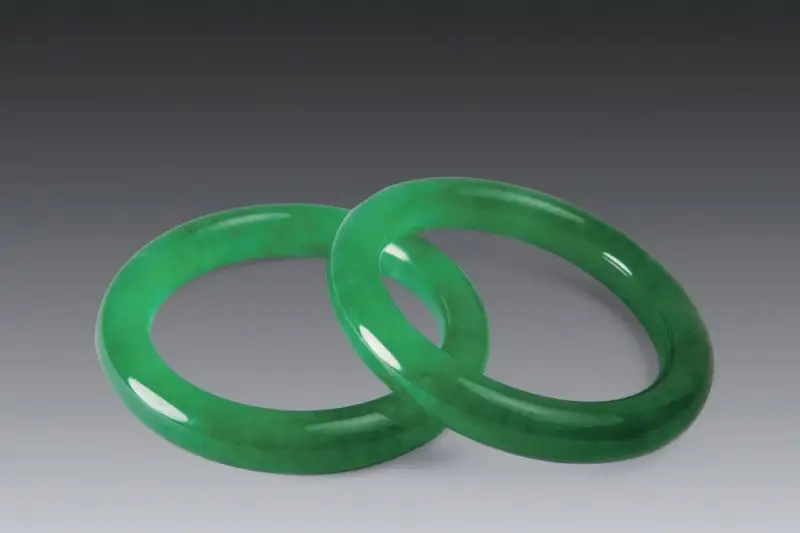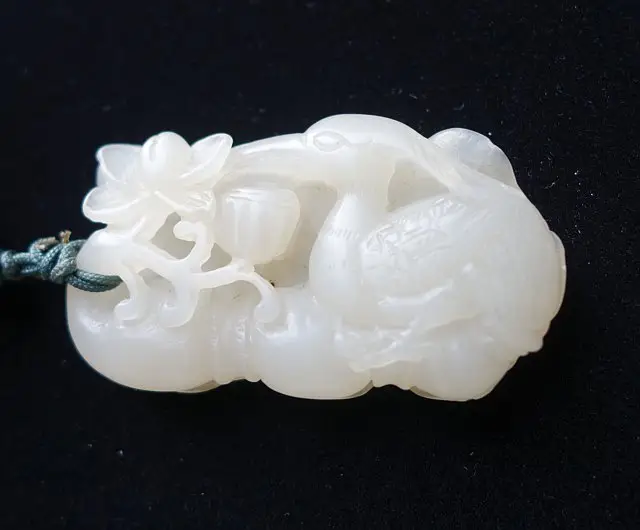Gemstones
Gemstones: The diversity of gemstones on the market and their role in industry make them indispensable. Do you know the story of these gemstones and the role they play in the industry? Let Foxlink bring you to know their stories and how to choose them!


